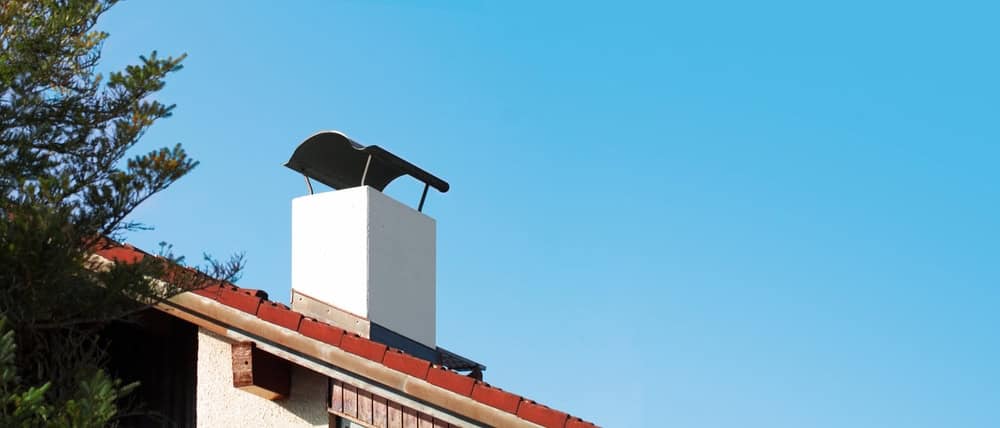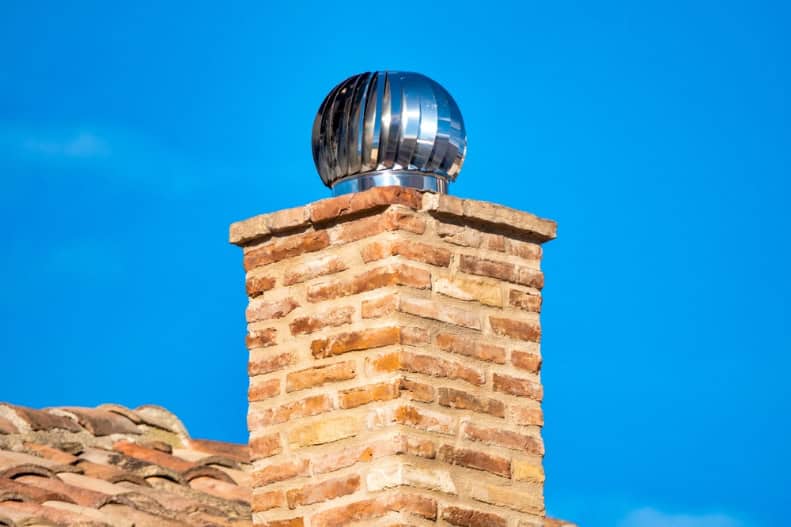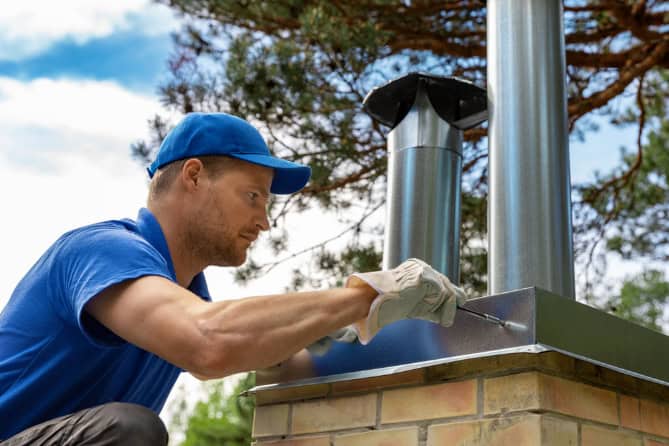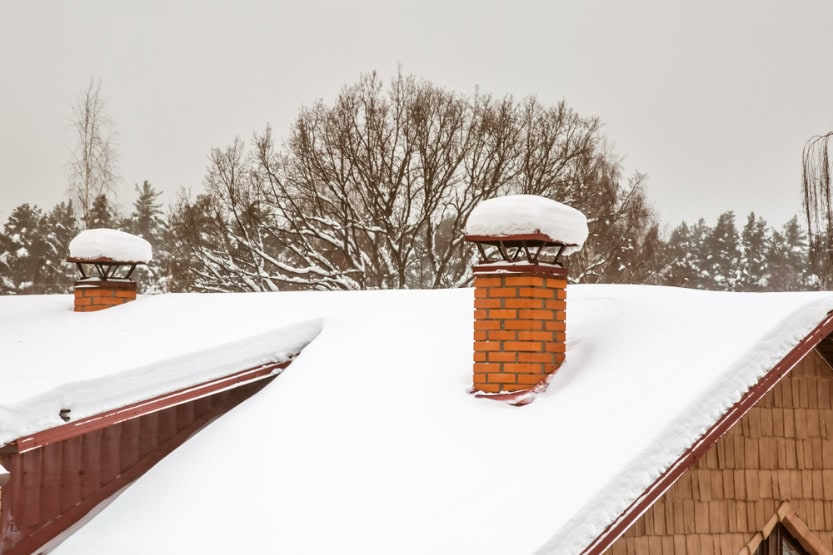Professional chimney cap installation that actually protects your home from Rhode Island weather.

Hear from Our Customers

You won’t worry about water dripping into your living room during the next nor’easter. A properly installed chimney cap keeps rain, snow, and animals out while letting smoke escape freely.
Your home stays dry. Your chimney lasts longer. You avoid those expensive emergency calls when water starts pooling where it shouldn’t.
The right cap also stops animals from nesting in your flue. No more scratching sounds at night or surprise visitors when you light your first fire of the season.
Certified Chimney Inspections has been handling chimney work in Rhode Island since 2000. We formally established the current company in 2016 with the same experienced team that started this work.
Every technician carries CSI certification from the Chimney Safety Institute of America. That means we know the code requirements, proper installation techniques, and how to match the right cap to your specific chimney setup.
You’re working with people who understand how coastal weather affects chimney systems. We’ve seen what works and what fails after a few Rhode Island winters.

First, we measure your chimney flue and assess the current condition of your chimney crown. Every chimney is different, so getting exact measurements matters for proper fit and function.
Next, we recommend the right cap style and material for your situation. Stainless steel works best in coastal areas because it resists corrosion from salt air. We’ll show you options that match your home’s appearance while providing maximum protection.
Installation typically takes a few hours. We secure the cap properly to your flue, check that it doesn’t interfere with draft, and clean up completely. You get a cap that fits right and works immediately.

Ready to get started?
Every chimney cap installation includes proper measurement, professional-grade materials, and secure mounting that won’t come loose in high winds. We stock stainless steel caps that handle Rhode Island’s weather conditions year after year.
Custom fitting means your cap works with your specific flue size and chimney design. No gaps where water can sneak in. No loose connections that rattle in storms.
We also handle chimney cap replacement when your current cap has reached the end of its useful life. Rusted caps or damaged screens get swapped out with quality materials that actually protect your investment.
